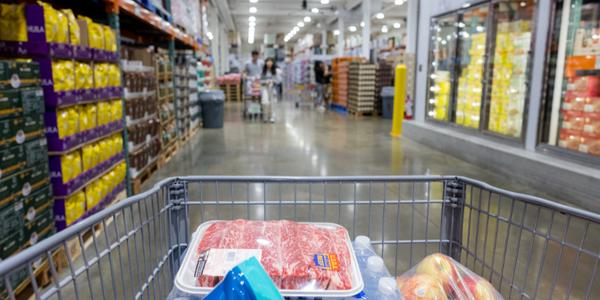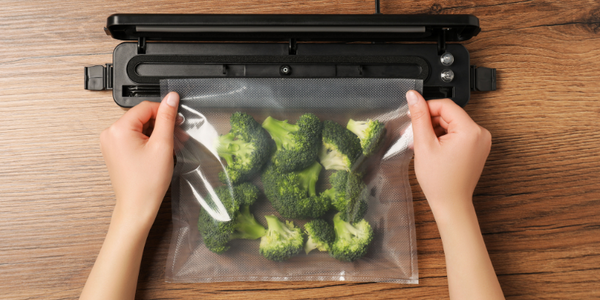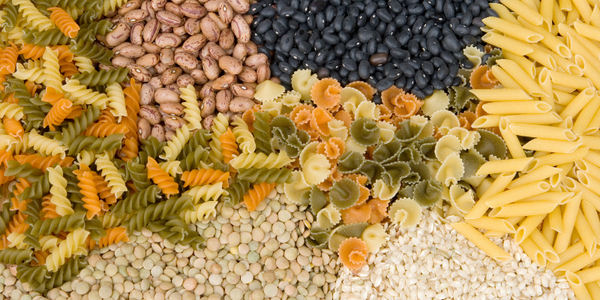Posted on March 30 2021

Beer only requires four ingredients: malt, hops, yeast, and water. It is challenging to create a high-quality beer at home because the beer-making process is nothing short of art. There are many ways you can go wrong in brewing your beer, but when everything's in place, it can be a glorious victory!
Here are four things you need to do right, whether it's your first batch or your 20th.
1. Nurture Your Yeast
Yeast is a living microorganism, and as such it sometimes has more in common with a pet or a vegetable garden than with a standard ingredient in a recipe. You've got to find good yeast, then nurture it and make it make it feel happy and secure so that it will bond with your malt and create the amount of alcohol you want to have in your beer.
So, here's the deal with yeast: it's got to be alive, and it's got to be active. Some people think liquid yeast right out of the packet is best, some like to develop it a little before using it, and others say, "always use dry yeast." Whatever yeast you find works best in your beer recipes, be sure to aerate the wort properly before leaving it to ferment. That means shaking for several minutes. Also, remember that if you expose the yeast to temperatures above approximately 38°C or 100°F, it will die. Don't overheat the yeast, don't ferment at too high a temperature and keep your fermenting beer away from light.
2. Take Care of Your Hops
Hops can be difficult to keep fresh – to the point that some beer brewers prefer to pay extra just to use fresh batches of hops per beer batch. Preserving hops comes down to the same principles as any other long term food storage: it’s all about the barrier, keeping oxygen out, controlling temperature imbalances and reducing exposure to sunlight. Thankfully, there's a friendly way of ensuring your hops longevity – vacuum sealing. Preserve your hops in perfectly airless bags inside the freezer at a controlled temperature, ready to be used at any time.
Mylar bags are the preferred choice for many home brewers (vacuum sealed or used with oxygen absorbers), while other home growers opt for embossed vacuum sealer bags (clear or black). FoodVacBags offers both. (Read more about using and sealing mylar bags here.)
Whether you grow your own, or buy in bulk the key to keeping your hops fresh is knowing what will affect the preservation. No matter if you're packaging for a few days or a few months, a controlled environment is critical to preserving freshness and flavor.
3. Keep Things Sterilized
The art of beer making had been developing for thousands of years before we acquired full knowledge of microorganisms. People didn't understand what yeast was, how it got into the beer or how necessary it was to the brewing process.
They didn't know what bacteria was, either. When their beer came out tasting heinous, the cause was a mystery. They did figure out, by trial and error, that they needed to boil certain things at specific points in the brewing process to reduce the probability that the beer would come out poorly.
So, while you have to be careful not to overheat the yeast, you also need to make sure to sterilize all of your equipment, including everything that comes into contact with the beer after it's boiled. What happens if things aren't sterile? Your beer can be invaded by bacteria and come out tasting horrible.
4. Be Cautious with Sugar
Beer doesn't need sugar or honey, but adding it to the bottle creates carbonization, and many people do enjoy a bubbly brew. Adding sugar to beer to create bubbles and a higher alcohol content isn't necessarily a bad thing, but you have to do it in a conscious and controlled way. When you're developing your beer recipes, less is always better. In fact, you probably want to learn to brew a good beer without sugars before you experiment with adding them. The malt is the only source of sugar that's needed.
Brewing is a complicated process. It's going to take you a while to master all the details. Just remember to treat your yeast with respect and affection, take care of your hops, keep your equipment sanitized and use sugars with caution.
Related Posts

The Six Rules To Follow When Buying In Bulk

Eat Fresh Garden Veggies All Winter Long



0 comments